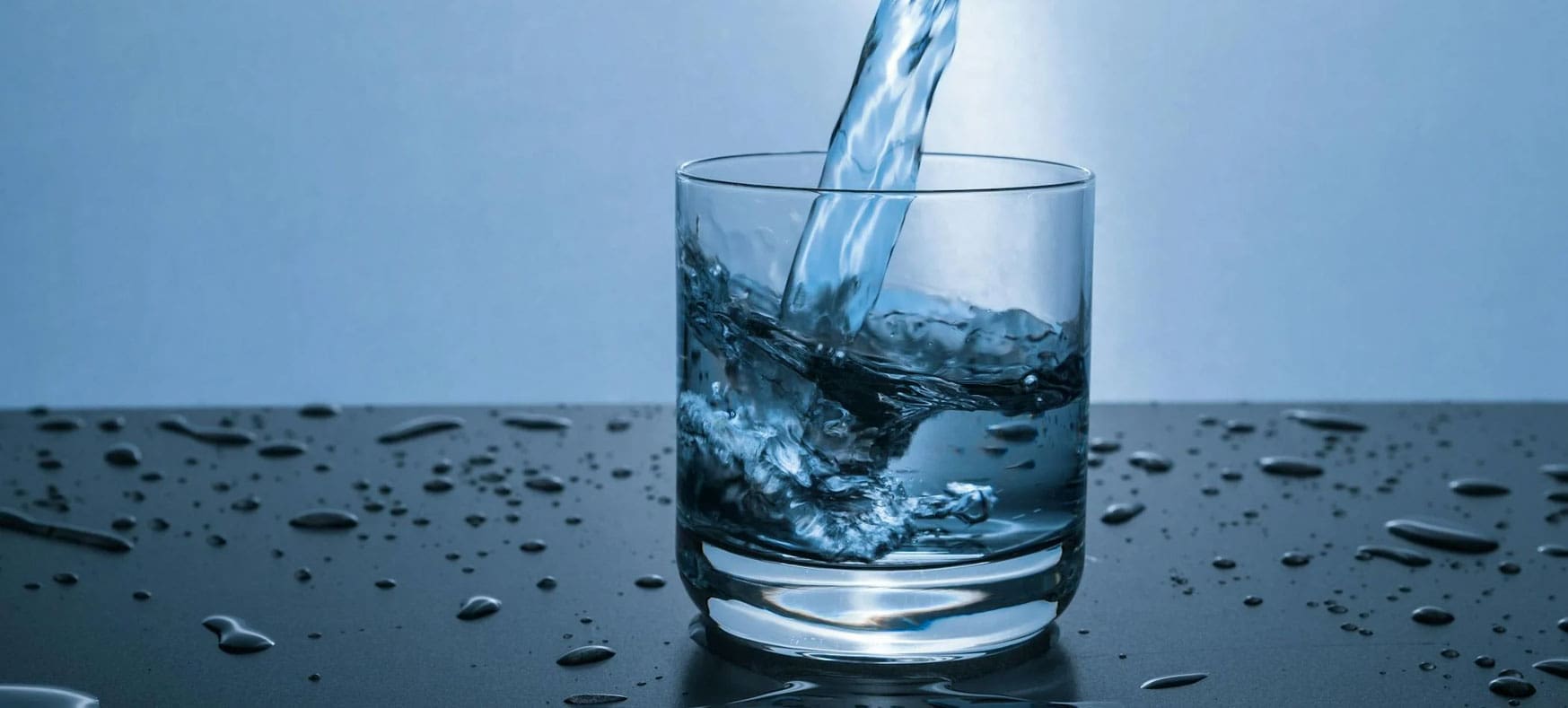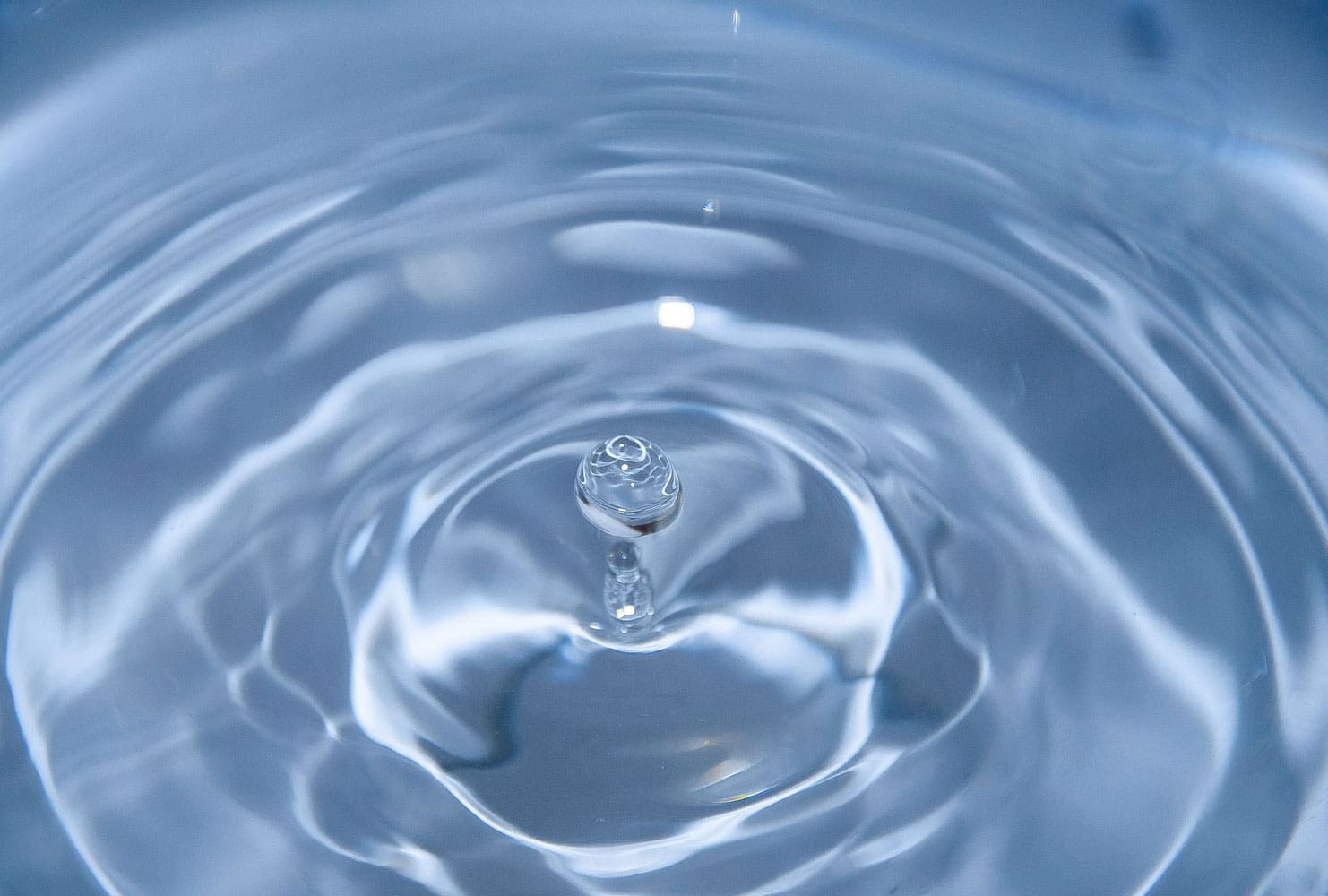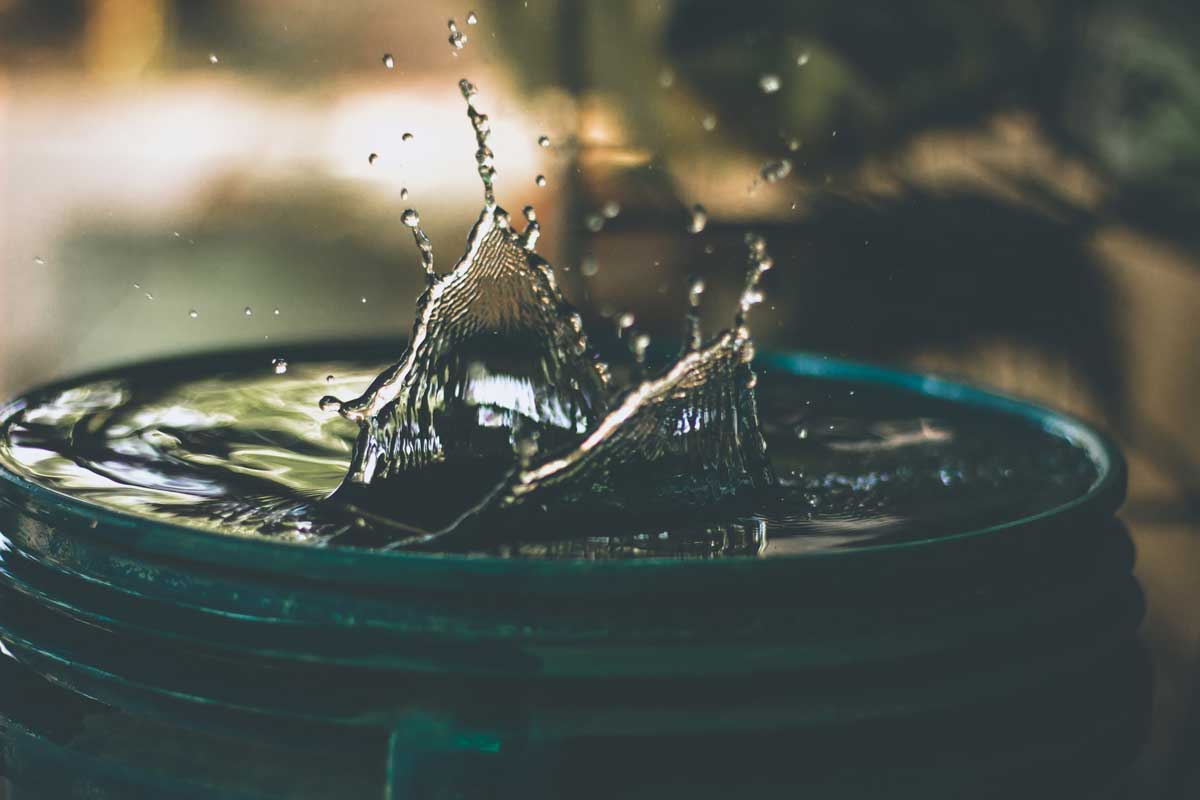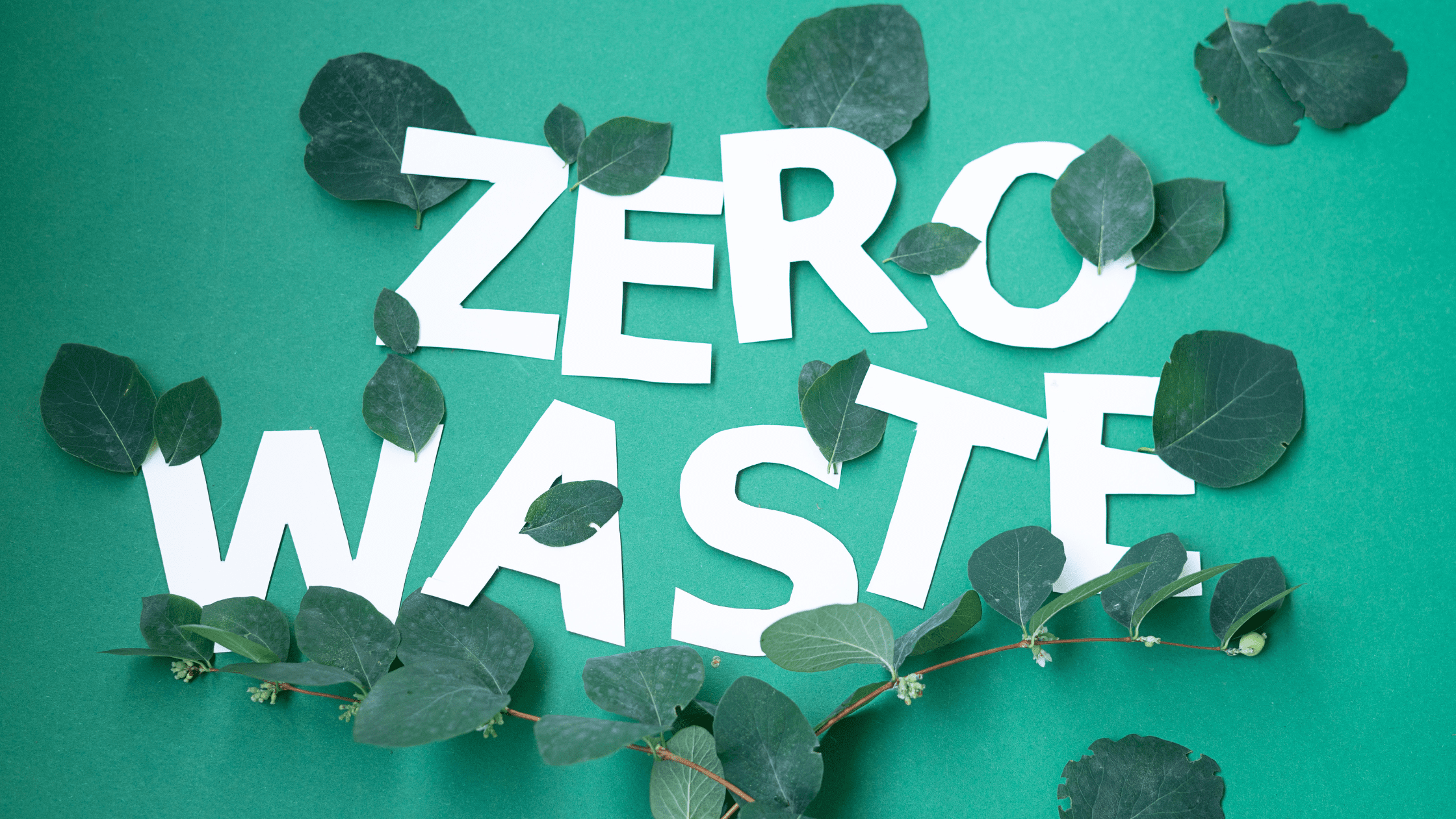
Here’s how to tell if your water is safe, and how to make it safer
As a relatively modern and affluent nation, the UK’s water supply is generally of very high quality. This is, of course, a good thing, as access to clean, safe drinking water is vital for our health and wellbeing.
However, even in the UK, there are times when concerns about the safety of our water may arise. Whether you’re at work, at home, or in a new location, understanding how to assess the safety of water is crucial. Thankfully, we’re here to help. Here is our guide to help you determine whether your water is safe to drink.
UK water safety standards
Drinking water standards are rigorously upheld in the UK thanks to the Drinking Water Inspectorate (DWI). These standards are designed to make sure that water is free from harmful contaminants and safe for consumption, and water companies have a responsibility to regularly testing their water supplies to report any issues to the DWI.
How do you know water is safe?
There are certain visual and sensory signs that indicate whether your water is safe to drink. The first of these is a clear appearance. Safe drinking water should be clear, so any cloudiness or discolouration could be an indication that contaminants are present.
Next, check for any unusual odour. Pure water should not have a strong smell, so if your water has a notable odour, it may be contaminated. Lastly, taste can be an indicator. Although taste is subjective, safe drinking water should not have any strange of unpleasant taste. A soapy, bitter, or metallic taste could be a sign of contamination.

What are the most common water contaminants?
The UK’s water supply is generally extremely safe and clean, but certain contaminants can still occasionally affect water quality.
Some of the most common contaminants in the UK include chlorine and lead. Chlorine is commonly used to disinfect water, so a slight chlorine taste is relatively common, and usually safe. Meanwhile, lead can appear in water as a result of older plumbing systems, and this can be hazardous to our health.
Nitrates are also sometimes found in agricultural areas, and high levels of nitrates can be common. If bacteria and viruses are present in water, it can lead to illness.

Ensuring water safety
If you’re unsure about the water quality in your area, you can check your water provider’s reports. Companies publish annual reports detailing the quality of water supplies under their jurisdiction. Boil water notices are also released by water companies after heavy rainfall or floods, and can offer further guidance.
You can also invest in a water filter, which can remove any lingering contaminants, and test your water using a home testing kit or by calling a professional.
How to deal with contamination
If you suspect contamination in your water supply, the first thing you do should be to contact your water company and let them know. They conduct regular testing and maintenance to ensure their water supply is safe, and it is their responsibility to deal with any issues that arise. In the meantime, use bottled water for drinking and cooking until you have confirmation of the water’s safety again.
If you’re worried about potential health issues after drinking water, consult a healthcare professional for further guidance.

Contact Everflow today!
At Everflow, our goal is to make your utilities simpler. We ensure you get great-value contracts that are tailored to your needs and easy to manage.


